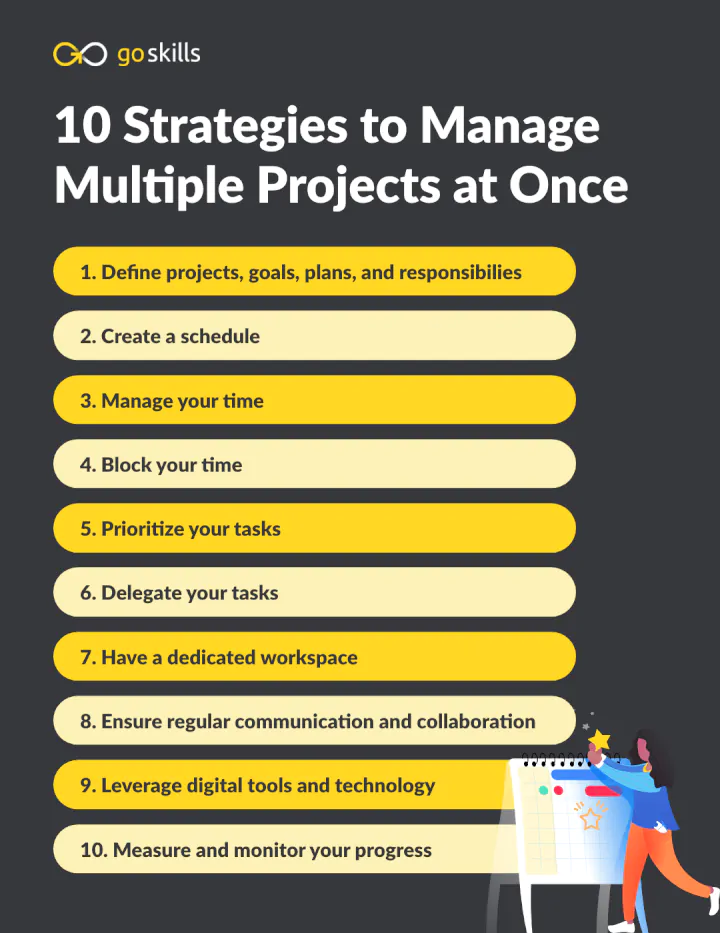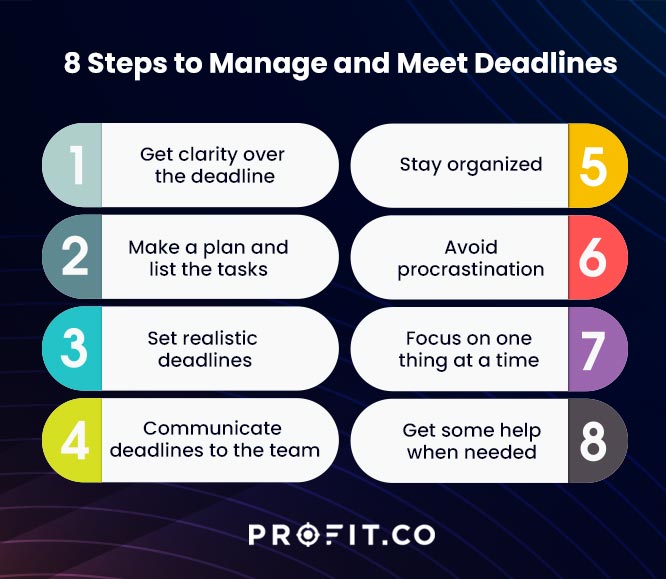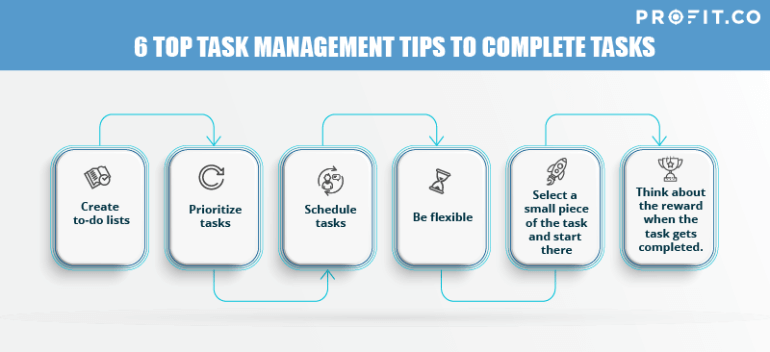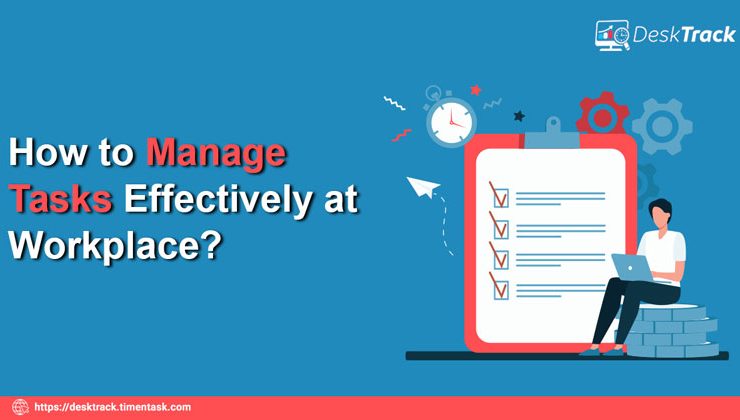How To Manage Multiple Tasks At Work

The aroma of freshly brewed coffee hangs heavy in the air, a comforting counterpoint to the subtle hum of keyboards and hushed phone calls. Sarah, a project manager known for her calm demeanor, surveys her desk. It's a controlled chaos of color-coded sticky notes, neatly stacked reports, and a single, thriving succulent – a small oasis in the heart of the office bustle.
How does she do it? How does she juggle multiple projects, deadlines, and unexpected requests with such grace? The answer lies in a blend of strategic planning, mindful execution, and a healthy dose of self-awareness, skills that anyone can cultivate to conquer the multitasking challenge.
In today's fast-paced work environment, managing multiple tasks isn't just a desirable skill, it's often a necessity. A 2023 study by Asana, a work management platform, revealed that employees juggle an average of 10.4 tasks simultaneously. This constant juggling act can lead to stress, decreased productivity, and even burnout if not managed effectively.
Understanding the Myth of Multitasking
Before diving into strategies, it's important to debunk the myth of multitasking. Cognitive science has shown that our brains don't actually perform multiple tasks simultaneously. Instead, we rapidly switch our attention between tasks, a process known as "task switching."
This constant switching comes at a cost, reducing focus and increasing the likelihood of errors, according to research from the American Psychological Association.
Prioritization: The Cornerstone of Effective Management
The first step in managing multiple tasks is prioritization. Not all tasks are created equal. Some have tighter deadlines, greater impact, or rely on input from others.
The Eisenhower Matrix, a popular time management tool, categorizes tasks based on urgency and importance. Tasks that are both urgent and important should be done immediately. Tasks that are important but not urgent should be scheduled for later. Urgent but not important tasks should be delegated if possible. And tasks that are neither urgent nor important should be eliminated.
Time Blocking: Creating Dedicated Focus Time
Once tasks are prioritized, it's time to allocate dedicated focus time for each. Time blocking involves scheduling specific blocks of time in your calendar for specific tasks. This creates a visual roadmap for your day and helps you avoid distractions.
During your designated time block, eliminate distractions such as email notifications, social media alerts, and unnecessary interruptions. This allows you to fully immerse yourself in the task at hand, increasing your efficiency and improving the quality of your work.
Effective Communication: Setting Expectations and Managing Dependencies
Managing multiple tasks often involves collaborating with others. Clear and consistent communication is crucial for setting expectations, managing dependencies, and avoiding misunderstandings. Regularly update stakeholders on your progress, proactively identify potential roadblocks, and be transparent about your capacity.
As stated in a Harvard Business Review article, "Effective communication is the cornerstone of any successful project."
Leveraging Technology: Tools for Streamlining Workflow
Numerous tools can help streamline your workflow and manage multiple tasks more efficiently. Project management software like Trello, Asana, and Monday.com allow you to track progress, assign tasks, and collaborate with team members.
Note-taking apps like Evernote and OneNote can help you capture ideas, organize information, and manage your to-do lists. Time-tracking apps like Toggl Track can help you monitor how you're spending your time and identify areas for improvement.
Self-Care: Preventing Burnout and Maintaining Wellbeing
Managing multiple tasks can be demanding, and it's essential to prioritize self-care to prevent burnout. Take regular breaks throughout the day to stretch, walk around, or simply step away from your desk.
Ensure you get enough sleep, eat nutritious meals, and engage in activities that you enjoy outside of work. Remember, your wellbeing is an essential component for sustainability.
Ultimately, mastering the art of managing multiple tasks is an ongoing process of learning, adapting, and refining your strategies. It requires self-awareness, discipline, and a willingness to experiment with different approaches. So, the next time you find yourself juggling a multitude of responsibilities, remember these strategies, take a deep breath, and approach each task with intention and focus. Like Sarah and her resilient succulent, you too can thrive in the midst of the office bustle.
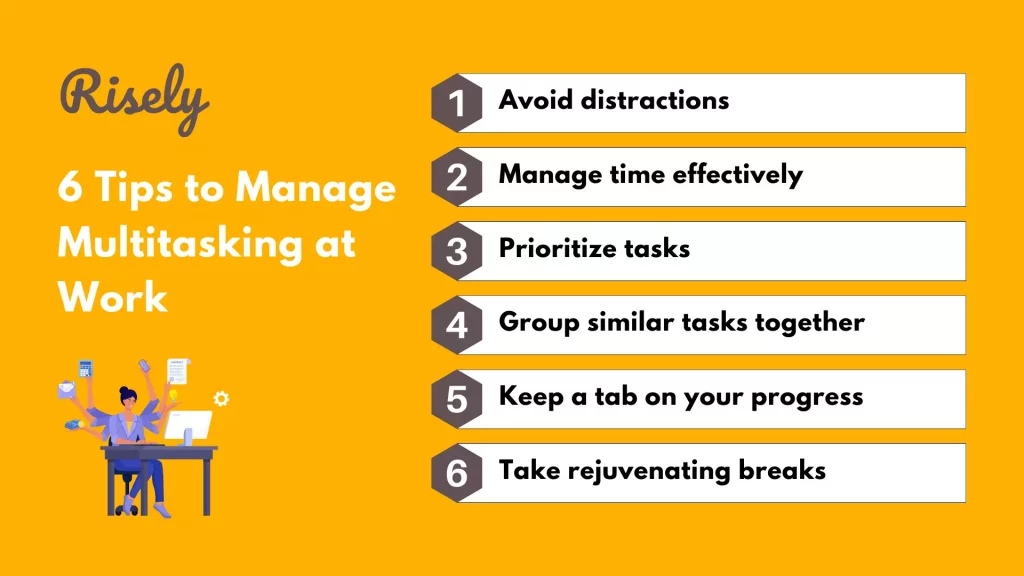



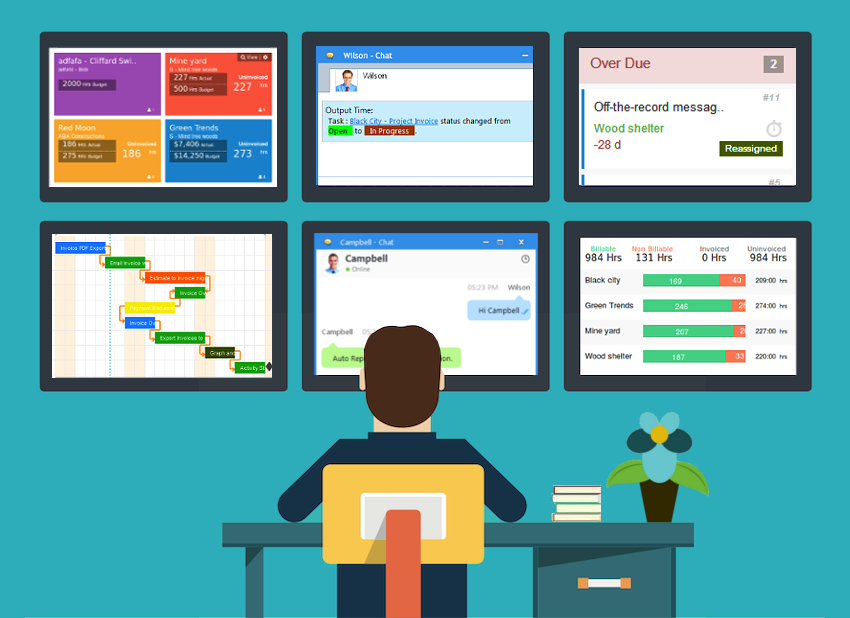

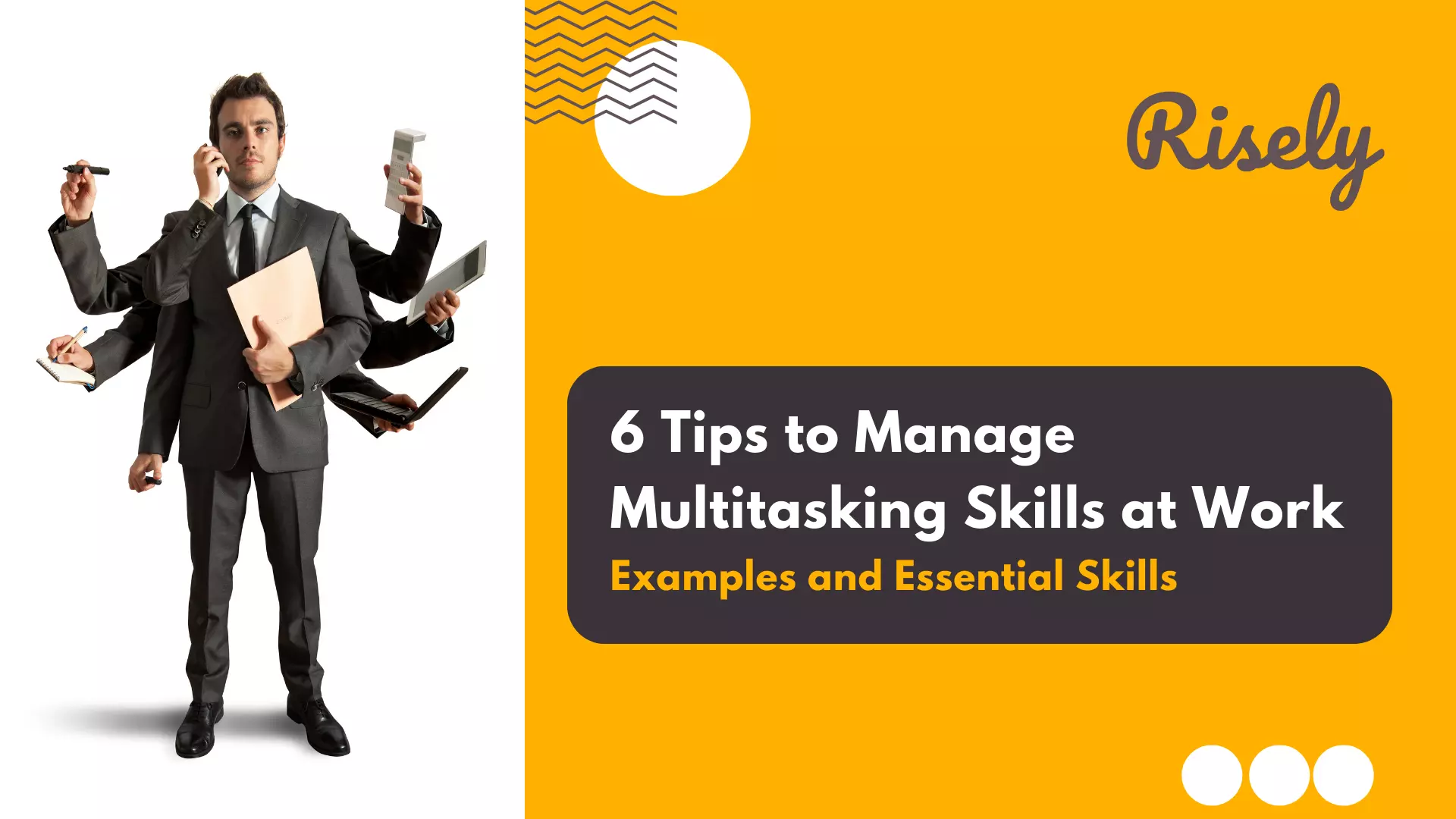

![How To Manage Multiple Tasks At Work How to Multitask at Work Like a Pro [Infographic] - Ganttic](https://www.ganttic.com/wp-content/uploads/2020/05/Ganntic-Infographics-multitasking-updated.png)

